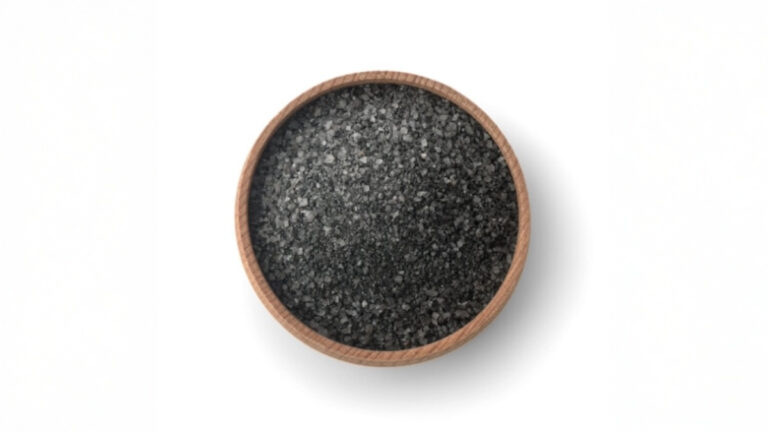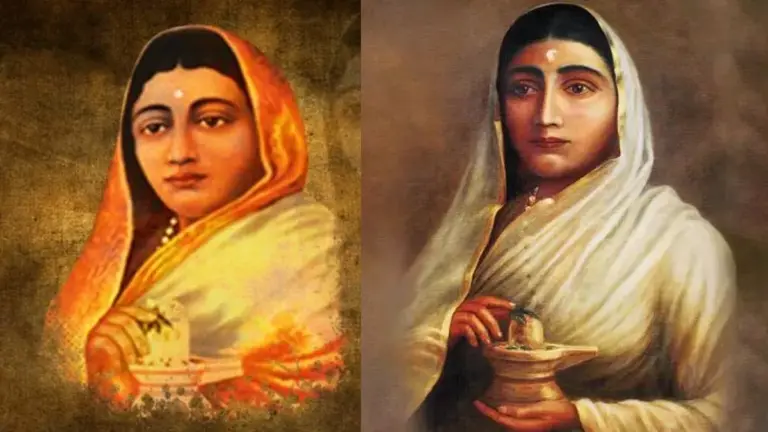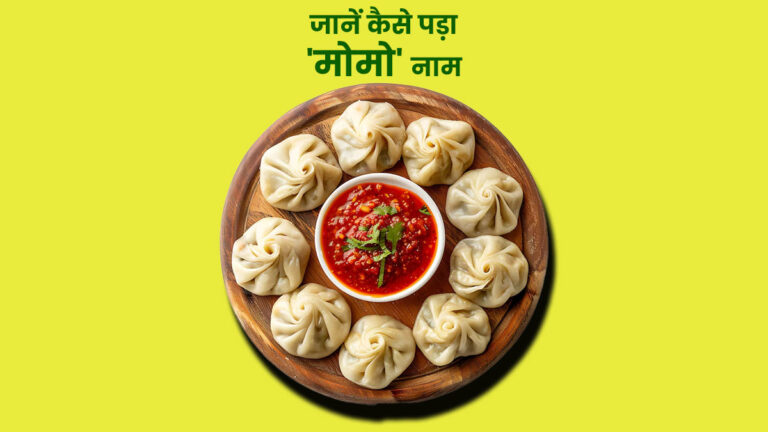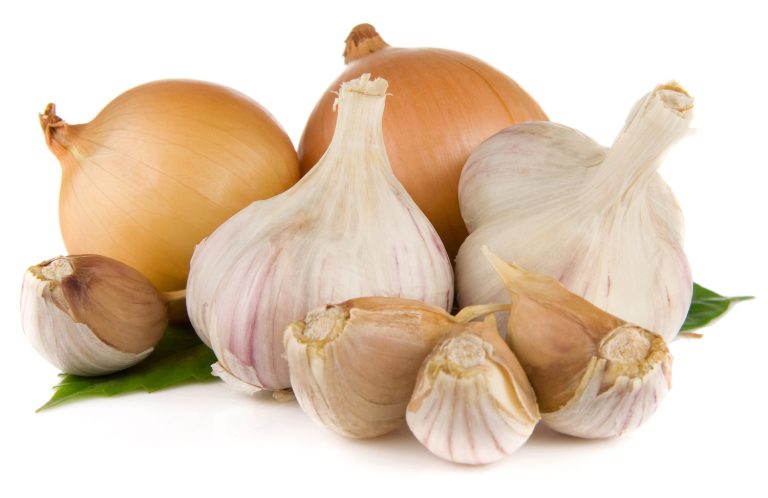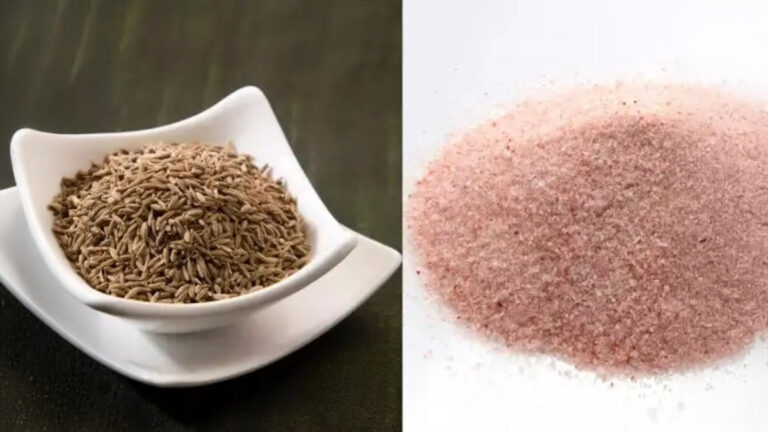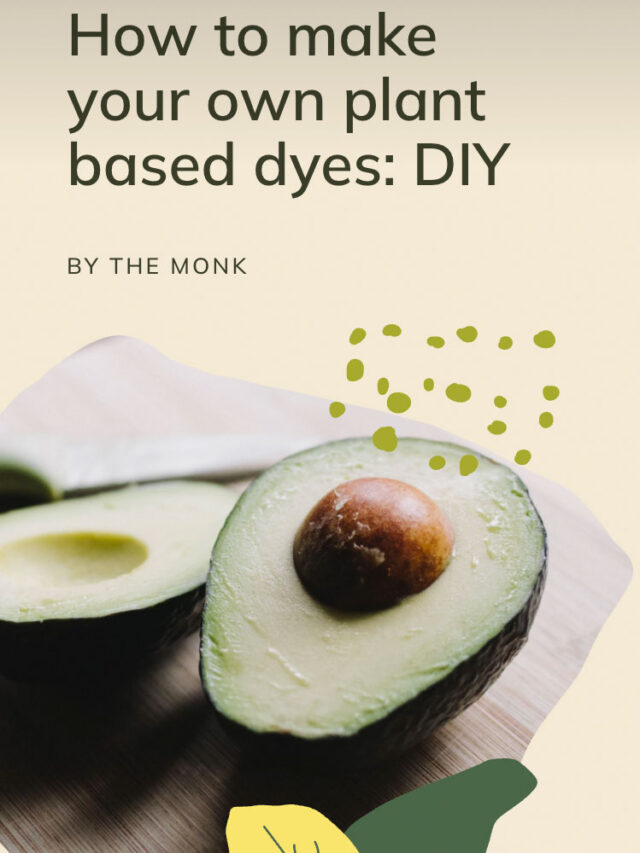
In the year 1805, when Devjamani first reached the royal court of Mysore to marry Krishnaraja Wadiyar III, both were 12 years old. Krishnaraja Wadiyar III became the new ruler of a state in South India. But Devjamani soon came to know that she had been selected for a big and important task. The task was to spread and promote the smallpox vaccine. According to Cambridge University historian Dr. Nigel Chancellor, the East India Company painted the role of Devjamani in the form of a painting. The painting promoted the smallpox vaccine among the people and encouraged them to use it.
Back then the treatment of smallpox was quite new. It was discovered by the English doctor Edward Jenner only six years ago and in India. The treatment was viewed with great suspicion. In some places open resistance was also seen against this vaccine, one of the reasons was that by the 19th century the East India Company had strengthened its roots in India. But the British were unwilling to give up their ‘big dream’ of vaccinating smallpox in India. The British argued that every year many lives are lost to smallpox, which can be saved with the help of smallpox vaccines.
After this, the East India Company, using power, power, and politics, brought the world’s first vaccine to India. This plan included British surgeons, Indian commentators, owners of vaccine companies, and friendly rulers. The name of the Wadiyar dynasty comes from the top of these friendly rulers. They were put back on the throne after the British exiled the country for thirty years.
What was the effect of the Queen’s vaccination?
The doctor chancellor wrote an article justifying his guess which was published in 2001. According to him, the date of making the painting coincides with the date of the marriage of the Wadiyar king. The royal court records of July 1806 show that those who had come forward to get the vaccine at that period were sufficiently vaccinated by Devjamani had an effect. That is, it was believed that when the queen got the vaccine, they too could do the same.
Also, the Doctor Chancellor, as an expert in Mysore history, believes that heavy gold rings and splendid head ornaments have been the hallmark of the Wadiyar queens.
Thomas Hickey is one such artist who has created more photographs of the Wadiyar dynasty and other royal members of the court.
The time when this picture was made, it was a good time in India for the East India Company. In 1799, he defeated one of his last great enemies Tipu Sultan, the king of Mysore. He replaced him with the Wadiyar dynasty. But even then, the influence of the British was not fully established.
According to the Doctor Chancellor, William Bentinck, who was then the Governor of Madras, saw the fight against this dreaded disease as a political opportunity.
Smallpox disease and religious beliefs
Historian Professor Michael Bennett, who has written the book ‘War Against Smallpox’, has also mentioned in his book the story of the arrival of the smallpox vaccine developed by the British in India. He says, “The British wanted to popularize this vaccine in India. By this way ,the people here could be saved from smallpox.” At that time the infection rate of smallpox in India was very high. Due to high infection rate, the rate of death also increased. The symptoms of this disease were fever, body aches, and pain due to the eruption of pus-filled grains all over the body. Even those who escaped death from this disease, their bodies were stained with smallpox for life. For decades, the disease was treated with variolation and religious practices. Hindus considered it to be an outbreak of smallpox Mata Mariamma or Sheetla Mata and worshiped her.
Looking for the name of the vaccine
Because of this, when the vaccine came, which also contained a part of ‘cowpox’ i.e., cowpox, it was not accepted. And Brahmin ‘Tikadars’ opposed this smallpox vaccine because it was a threat to their livelihood.
Professor Bennett says, “The biggest concern was that no one wanted their healthy child to be vaccinated against the disease in animals.”
He explains that “it was not easy for him to translate cowpox into the local language. He also called Sanskrit experts to do this work. But the words he was using referred to a disease worse than smallpox.” And more people feared that their cattle might be harmed by cowpox.
Another big problem was that the most effective way to give this vaccine was to first inject the vaccine with a needle in the arm of a healthy person. After a week when the cowpox abscess came out at that place, the doctor gave it. Take out the pus, and apply it to the hand of another healthy person.







